
WINGED
BROTHERS
WINGED
BROTHERS
Naval Aviation as Lived by
Ernest and Macon Snowden
Ernest Snowden
Naval Institute Press
Annapolis, Maryland
This book has been brought to publication with the generous assistance of Marguerite and Gerry Lenfest.
Naval Institute Press
291 Wood Road
Annapolis, MD 21402
2018 by Ernest M. Snowden
All rights reserved. No part of this book may be reproduced or utilized in any form or by any means, electronic or mechanical, including photocopying and recording, or by any information storage and retrieval system, without permission in writing from the publisher.
Library of Congress Cataloging-in-Publication Data is available.
978-1-68247-296-5 (hardcover)
978-1-68247-295-8 (eBook)
 Print editions meet the requirements of ANSI/NISO z39.48-1992 (Permanence of Paper).
Print editions meet the requirements of ANSI/NISO z39.48-1992 (Permanence of Paper).
Printed in the United States of America.
26 25 24 23 22 21 20 19 189 8 7 6 5 4 3 2 1
First printing
Unless otherwise credited, all photos are courtesy of the Snowden family.
Contents
Illustrations
Introduction
T he business of flying aircraft from ships has lodged itself in the national consciousness since the practice began in the early twentieth century. Naval aviation has tilted the balance in the nations favor in war and powered its primacy in technological innovation. Throughout its history, naval aviation has been defined by a tightknit community of high achievers who possessed a certain sangfroid, immense aeronautical skill, and supreme confidence in their own indestructability. As Tom Wolfe so whimsically yet aptly described in The Right Stuff, A young man might go into military flight training believing that he was entering some sort of technical school in which he was simply going to acquire a certain set of skills. Instead, he found himself all at once enclosed in a fraternity. And in this fraternity, even though it was military, men were not rated by their outward rank as ensigns, lieutenants, commanders, or whatever. No, herein the world was divided into those who had it and those who did not.
What follows is an attempt to trace major strides in a long, unbroken stretch of naval aviation history through the overlapping experiences and achievements of two brothers. It is a narrative constructed from deeply researched works of aviation history, personal recollections, officer fitness reports, aviator logbooks, kneeboard cards, and family lore. Where historical facts can be sourced, they are given full credit. Where conversation or motive is reconstructed long after the passing of the protagonists and their contemporaries, the narrative has tried to remain true to the personalities of those involved.

Beginnings
So as we celebrate the centennial of naval aviation and begin to contemplate the next one hundred years, I encourage all of you to look back on those who led us through our first century. I urge you to study their lives and their leadership styles. Then strive to be like them.
John McCain
F rom the four-acre steel flight deck of the aircraft carrier USS John C. Stennis (CVN 74), moored quayside at Naval Air Station North Island, California, the American public was afforded a most uncommon venue from which to witness the opening celebration of the centennial of naval aviation. On a cloudless San Diego afternoon in February 2011, an hours-long procession of meticulously restored and groomed vintage fighter aircraft paraded in flight, by ones and twos, up the starboard side of Stennis. From the earliest N3N Yellow Peril biplane trainer to the formation flyover of thirty-five modern carrier-based tactical aircraft, this spectacle showcased one hundred years of progress in the evolution of sea-based fighter aircraft.
Left largely to the imagination that afternoon was a sense of the human scale involved over those one hundred years in bringing the machines to lifethe many committed entrepreneurs, innovators, designers, aerodynamicists, fabricators, maintainers, and visionary naval officersboth on the ground and in the air. Through 2010, a few months before the celebration of the centennial of naval aviation, 170,654 men and women (and a few foreign citizens) have been trained and designated aviators in the first one hundred years of naval Entering its second century, the naval aviation profession has spawnedand benefitted mightilyfrom multigenerational family legaciesfathers and sons, grandsons, and now daughters. The more illustrious family surnames include Flatley, McCampbell, and Lawrence.
Less often have siblings followed the same career path into carrier-based fighters, and rarer still has two brothers time in uniform spanned so much of the formative years of carrier aviation history. Ernest and Macon Snowden, who graduated fourteen years apart from the U.S. Naval Academy, witnessed firsthand and participated actively in the period during which the profession came of age, proved decisive in the Pacific during World War II, made the difficult transition from propeller planes to jets, carried the war to Vietnam, and affirmed its effectiveness as a preeminent instrument of national policy. The older brother would command a carrier air group in combat from the deck of USS Lexington (CV 16) against the Japanese in 1944; the younger brother would command a carrier air wing in combat from the deck of USS Ticonderoga (CV 14) against the North Vietnamese in 1965.
The fraternal bond between Ernest, or Ernie, and Macon, whom most knew as Mac, was as much about their mutual regard for naval aviation and their place in advancing their profession as it was their natural fondness as biological brothers. But they viewed their place as brothers in naval aviation as very much a shared endeavora common bond. Beginning in their teenage years and continuing throughout adulthood, they called one another buddy when together and in their correspondence as a sign of brotherly endearment. A kind of sibling rivalryand a deep regard for one anotherwould play out in important ways for the naval service over their combined sixty years in uniform as Ernies career arced, hit its zenith, and then declined to its nadir to be overtaken by the arc of Macs career. In making his own way in his naval aviation career, the older brother was the pathfinder and role model for the younger brother. Ernies encouragement and guidance, an occasional favorable word to his peers or seniors, or just an unprompted assist from a peer to ease the way for the younger brother made a formative difference in Macs career.

Given the gap in their ages, the brothers shared little time under the same roof while growing up; Ernie was already at the Naval Academy before Mac entered grade school. What buttressed their relationship was a shared grief over losing an idolized father to heart disease while in his forties and a shared affection for their doting mother who, as a seamstress, worked a hardscrabble Depression-era existence to hold their home together. The widow Snowden was known in their small town of Beaufort, North Carolina, for her work ethic and determination to fashion opportunities for her two boys. She befriended and influenced two successive congressmen to nominate her sons for Naval Academy appointments as the only means to extricate them from a life anchored to the farm or to the local shrimping (and menhaden fishing) industry. Importantly, as the younger brother followed the older to the academy and then into a naval aviation career, a common absorption by and commitment to the business of flying from ships at sea would hold them together.
Next page
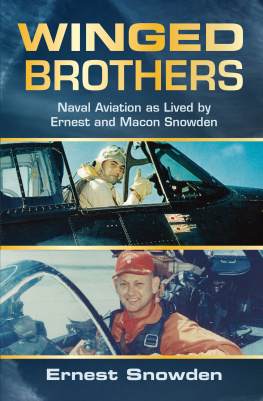
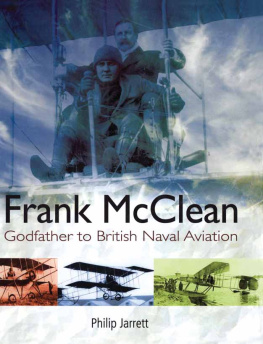
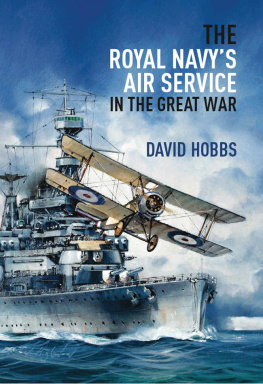

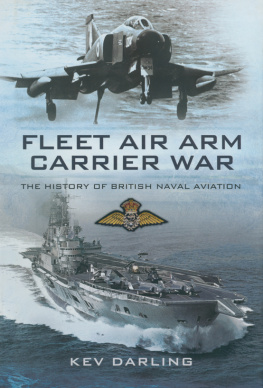
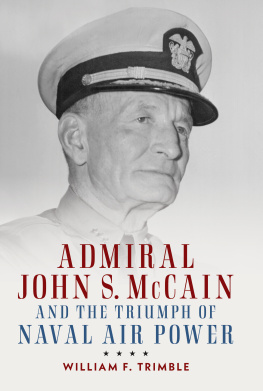


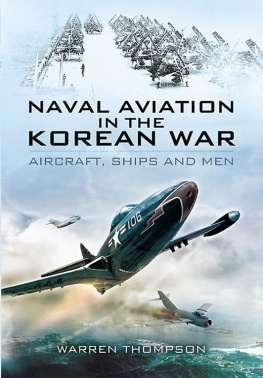
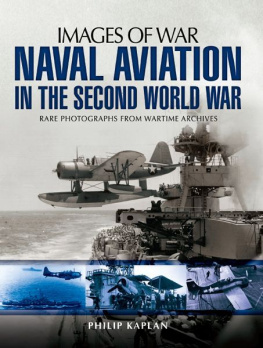
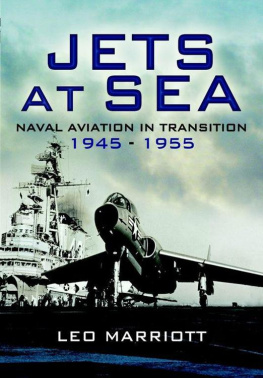

 Print editions meet the requirements of ANSI/NISO z39.48-1992 (Permanence of Paper).
Print editions meet the requirements of ANSI/NISO z39.48-1992 (Permanence of Paper).
